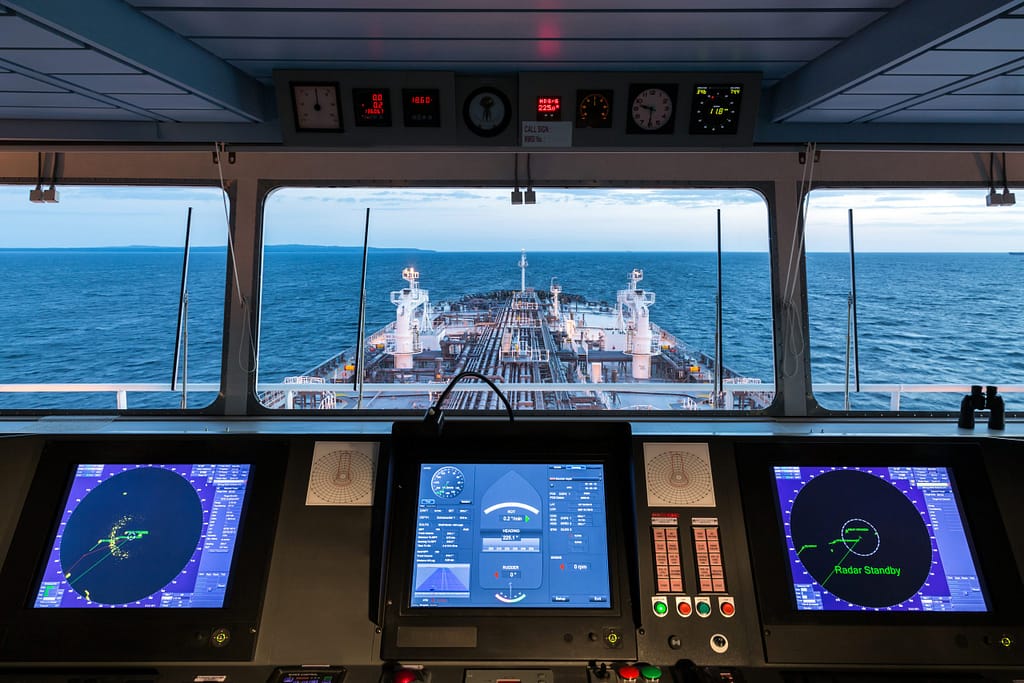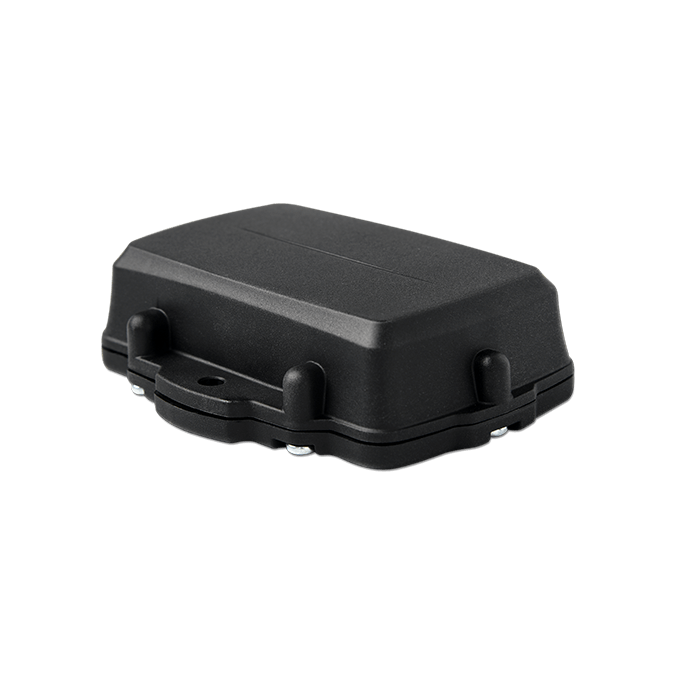Knowing how to track a boat at sea, whether for commercial purposes, research, or recreational safety, can be a challenging task. With vessels moving across vast, open waters, it is essential to have precise tracking mechanisms in place to ensure accurate navigation, safety, and timely arrivals.
In this article, our goal is to teach the essentials of tracking a boat at sea, from understanding different tracking technologies to selecting the right system for specific needs. We will cover various options available, technical insights, and how advanced tracking solutions can contribute to peace of mind and efficient maritime operations.
You may also like: Solving port logistics challenges with IoT devices
How to track a boat at sea: key technologies

GPS (Global Positioning System)
The Global Positioning System (GPS) is one of the most widely used tracking methods in how to track a boat at sea. Relying on a network of satellites orbiting the Earth, GPS enables real-time positioning, providing accurate latitude and longitude coordinates of the boat’s location.
A GPS device on the boat receives signals from satellites, which triangulate its position on the Earth’s surface. GPS is one of the most reliable technologies to track a boat at sea – given how it provides near-accurate data and is relatively affordable.
Still, it may lose signal in certain conditions, such as extreme weather or when blocked by large structures, making it less ideal for close-to-shore tracking.
AIS (Automatic Identification System)
AIS is a system designed specifically for maritime use, providing continuous broadcast information about the vessel’s location, speed, and course. It is required on large commercial vessels and certain smaller vessels in many regions.
AIS uses VHF radio signals to transmit and receive data between vessels and coastal authorities, providing real-time updates. The system updates frequently and enables tracking even in remote areas; it also enhances safety by alerting other vessels.
However, the AIS range is limited to about 15–20 nautical miles from shore, making it less effective for vessels far out at sea unless satellite AIS is used.
Satellite Trackers
Satellite tracking devices offer continuous tracking, regardless of proximity to land, being one of the best technologies to how to track a boat at sea.
These systems are particularly effective for boats venturing far out into open waters where AIS and cellular-based systems are out of reach.
Satellite trackers use communication with orbiting satellites to determine and relay the boat’s position. That makes them very suitable for global tracking, even in the most remote locations, and offers uninterrupted data flow.

For these advantages, satellite tracking can be more expensive due to data and equipment costs, making it a less common choice for recreational vessels.
Cellular-Based Trackers
While cellular trackers use the same technology as mobile phones, they are limited by network coverage, which typically extends only a few miles offshore. However, for nearshore tracking, cellular trackers are cost-effective and reliable.
Basically, cellular trackers use the cellular network to transmit the boat’s GPS position to a server. It offers high-speed data transfer at a relatively low cost within the network coverage area – but is limited to regions with cellular coverage, making them unsuitable for long-distance or open-sea tracking.
RFID and Bluetooth Tracking (Short Range)
These tracking methods are generally not used for open-sea navigation, but they can be effective for tracking smaller boats, kayaks, or equipment in harbors or marinas.
Devices like RFID tags or Bluetooth beacons transmit a signal within a limited range, which makes them inexpensive and useful for specific, localized tracking.
Read also: IoT monitoring solutions – why they came to stay
The importance of tracking a boat at sea: why bother?
Tracking a boat at sea is essential for several reasons, the most important of them being, of course, safety and security. Real-time tracking allows operators to monitor boats, making it easier to respond quickly in case of emergencies.
For commercial vessels, tracking is also important to help with navigation and logistics, managing fuel, and optimizing routes.
In environmental monitoring, research vessels often require precise tracking to maintain consistent data collection in specific regions. Furthermore, in some regions, tracking systems for vessels are mandatory to enhance maritime safety.
Knowing how to track a boat can be valuable for boat owners, operators, and maritime industry professionals alike. But with a variety of tracking solutions available, selecting the best system depends on understanding the technology behind each option.
Factors to consider when choosing a boat tracking system

1. Distance from Shore
- For boats close to shore, cellular and AIS systems may suffice.
- For long-distance and ocean-going vessels, satellite tracking is ideal.
2. Real-Time Data Needs
- GPS and AIS offer continuous data, which is essential for operators needing up-to-the-minute location information.
- For less critical applications, periodic tracking may be acceptable, which can be achieved with GPS alone.
3. Cost of Equipment and Service
- Satellite tracking systems typically involve higher costs but offer unparalleled coverage.
- Cellular and AIS options are more budget-friendly but have a limited range.
4. Battery and Power Requirements
- Boat tracking devices vary in power needs. Long voyages may require power-efficient options like solar-powered trackers.
5. Environmental Conditions
- Satellite and GPS are more robust for extreme weather and remote conditions, while cellular and AIS trackers may experience interruptions.
How to choose the right tracking system: let Datanet IoT help you!

To implement a tracking system effectively, the boat owner or operator should first identify the tracking needs and determine if real-time, continuous, or periodic tracking is required.
After that, considering the type of water and weather conditions typical for the boat’s route is the most important thing.
Some tracking solutions can integrate with existing navigation and safety systems onboard, so it is a good idea to keep that in mind as well.
With all this information in hand, select a reliable service provider that offers a comprehensive tracking solution with reliable support for maintenance and troubleshooting.
As maritime technology advances, boat tracking solutions are becoming increasingly sophisticated. The integration of IoT (Internet of Things) solutions in maritime tracking can further enhance the efficiency of monitoring and managing fleet movement, enabling remote diagnostics, predictive maintenance, and more.

IoT-enabled systems allow boats to communicate with onshore systems in real time, giving operators a clear, instant picture of vessel performance and conditions.
In this regard, companies specializing in IoT integration, like we here at Datanet IoT, offer customized solutions to help businesses and boat owners manage their vessels remotely, with real-time updates and actionable data insights.
This type of integration is invaluable for businesses that rely on accurate and reliable boat tracking for efficient operations and enhanced safety.
Tracking a boat at sea has never been more accessible or accurate, thanks to advancements in GPS, AIS, satellite, and cellular tracking technologies. By understanding the features and limitations of each tracking system, boat owners can make informed decisions about which technology best meets their needs.
If you are interested in elevating your tracking capabilities and integrating IoT solutions, we offer tailored, end-to-end services. With the right tracking solution, monitoring a boat’s journey from shore becomes not only possible but also precise and hassle-free, ensuring smooth sailing across the vast oceans.
Get in contact today for more information about our services.




